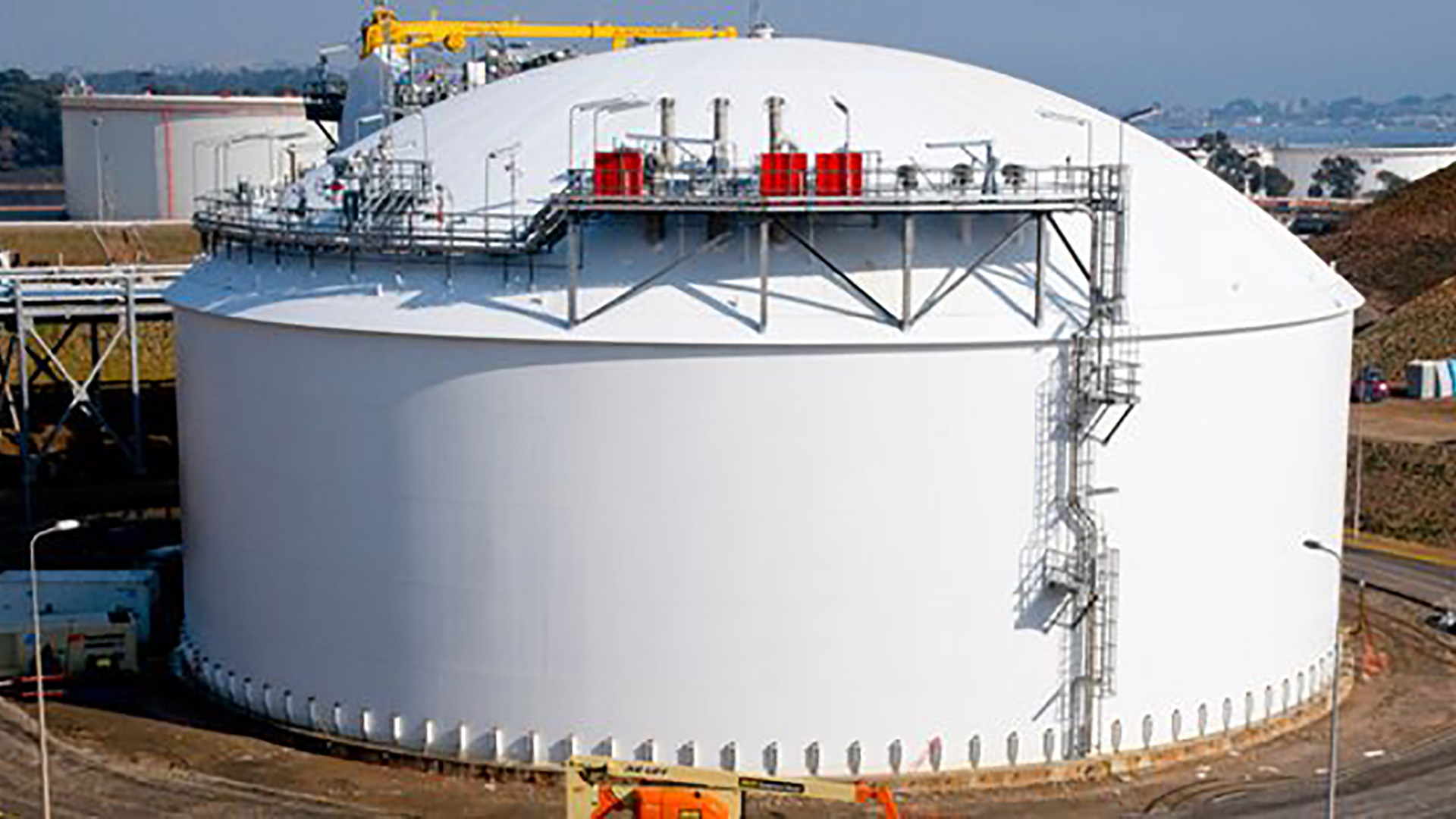Vermiculite vs perlite is a debate that inevitably arises whether you’re buying a soilless growing medium, designing your own potting mix, or investigating other dirt supplements.
Vermiculite and perlite, which is the ideal? Or do you need to use both?
Vermiculite and perlite are frequently found in potting soils and seed-starting mixtures, yet they differ significantly in certain key ways.
This blog describes the origins of vermiculite and perlite as well as the various applications for each.
- These two products have not only been utilised extensively in horticulture but also in manufacturing and construction.
- Perlite is sometimes employed in filtration systems, insulation, and the addition of cement or plaster.
- In the past, vermiculite was utilised in products for fire protection, insulation, and packing liners.
What do vermiculite and perlite actually do?
Vermiculite and perlite have long been employed in horticulture in addition to their various uses in other industries. It turns out that each of these extracted materials has unique physical properties that offer advantages to growers in particular ways.
Perlite is valued for its capacity to aid in drainage and aerate growing media. Vermiculite, on the other hand, efficiently regulates soil moisture levels.
Both of these lightweight materials are available in a number of grades with sizes ranging from exceptionally coarse to very fine. This increases the versatility of gardeners and horticulturists as well as the applications for these priceless minerals.
Vermiculite vs. Perlite: what’s the difference?
What is Vermiculite?
Before being processed and placed in a bag of seed-starting mix, vermiculite is first discovered as a volcanic rock deposit that is excavated from a subterranean location. Mineral flakes from this mined product include silica, magnesium, aluminium, and iron.
Water molecules are arranged in vermiculite’s crystalline structure in thin layers and have a significant role in the material’s final transformation. Heat is applied to vermiculite flakes at a temperature of at least 900° C, which causes the water to flash steam and expand. The resultant particles enlarge eight to twenty times than before.
Yet, someone along the road must have decided the heat-treated particles looked more wormlike. The enlarged material resembles sparkling, folded bellows or possibly miniature accordions.
What is Perlite?
Perlite is a mineral that is mined the same way as vermiculite. Perlite is made of volcanic glass, which develops when water comes into contact with obsidian, a rock that has the appearance of glass. Afterwards, this mined raw material is heated once more, to a temperature of 760°C to 860° C.
The raw perlite product expands and pops as the temperature rises, producing the airy, sphere-like perlite particles that are familiar to us. Perlite often has a dazzling white appearance and a Styrofoam-like texture. But on closer inspection, a roughness that resembles pumice is apparent.
A chunk of perlite’s surface is pitted and fractured, as can be seen if you magnify it. In between watering sessions, water can at least briefly settle into these surface crevices and nooks, giving plants a little boost.
The key advantages of each
Which criteria are most important when choosing between vermiculite and perlite?
- Vermiculite should be used if moisture retention is crucial.
- Perlite is best if drainage and oxygenation in the root zone are important?
The key difference between Perlite and Vermiculite
The distinctions at a glance:
- Vermiculite is a porous, sponge-like material that is more easily compacted than perlite and stores and releases a lot of water and nutrients. pH levels can change, and calcium is frequently added to mixtures to help.
- Perlite is a sphere-shaped, porous material that has a neutral pH and can hold and release small amounts of moisture while maintaining a hard structure.
You can also read: Vermiculite vs. perlite: What’s the difference?
Vermiculite and perlite share certain similarities.
- Both perlite and vermiculite can be exceedingly dusty to handle in addition to being mined materials. Exposure to these dust particles may be dangerous if you work with them frequently or have specific medical conditions. Use a mask to prevent yourself from breathing in possibly dangerous irritants.
- Perlite and vermiculite can be handled with less dust by being wetted first.
Which one among perlite and Vermiculite should be used for potting soil?
Making the best decision between vermiculite and perlite for potting soil ultimately comes down to the types of plants you wish to grow.
Perlite is frequently used in potting soils created for cactus, succulents, and other plants that benefit from efficient drainage and aeration because of its physical properties.
Vermiculite is frequently used in specialised potting soils designed to sustain moisture-loving plants like African violets because of how well it absorbs water. Yet, perlite and vermiculite are both included in a lot of potting soils, and they complement each other very well.
Using vermiculite versus perlite to propagate plants
For plant propagation, carefully assess your goals before choosing between vermiculite and perlite.
- Vermiculite, for instance, can be used entirely by itself to start seeds because it can hold the most moisture.
- Considering using cuttings to reproduce plants instead? In such case, a soilless mix thick in perlite would better suit your needs because growing roots will have easy access to plenty of oxygen.
- The lightweight bulk of perlite also makes it easier for new roots to penetrate the growing medium.
Conclusion
Making the decision between vermiculite and perlite should be simpler now that you are aware of the origins of both materials, their physical distinctions, and the advantages each can offer. Note that perlite is ideal if you want something light and airy. For potted plants that love “wet feet,” good water retention is required. When creating your own potting soil, add vermiculite as an ingredient, or pick a package that contains some vermiculite.
You can contact Amol Mine Chem for the best vermiculite and perlite in India.
